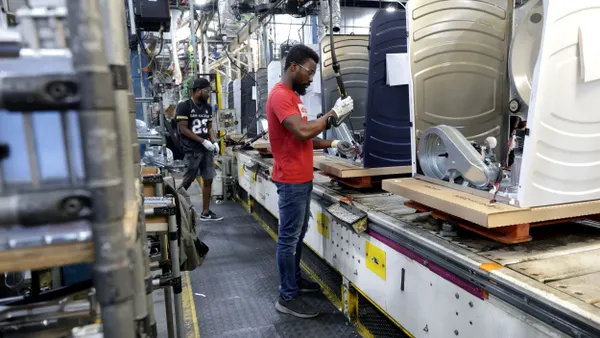Dive Brief:
-
While Uber drivers receive most of the headlines within today's "gig" economy, the Wall Street Journal reports that older workers – women in particular – are serving as contractors across jobs in a wide range of traditional industries, from healthcare to government.
-
According to the Journal, as employers focus on core strengths, a large and growing share of the U.S. labor pool is becoming disconnected from the more traditional work arrangement and, much like the case with Uber drivers, is being relegated to work with no benefits or job protections.
-
In fact, the Journal cites new research that has found that the trend away from steady employment with traditional benefits has taken place "largely in the shadows," happening in sectors from health care and education to manufacturing and public administration, and in careers that have traditionally been part of the stable job landscape, both blue and white collar.
Dive Insight:
The Journal cites upcoming research by Alan Krueger of Princeton University and Lawrence Katz of Harvard University that reveals that in the past decade the number of workers in alternative arrangements has risen to more than half, climbing from nearly 16% of the workforce from 10% in 2005. At the same time, the so called "gig economy" employs only about 600,000 people, or less than 0.5% of the workforce, the research reports.
The focus on the gig economy has “distracted us from this larger change that’s had more fundamental and pervasive effects,” David Weil, administrator of the Labor Department’s Wage and Hour Division, told the Journal.
Krueger and Katz polled roughly 4,000 people. The research estimates that the share of workers in alternative arrangements has more than doubled to 11% in manufacturing and to 16% in health and education, for example. In public administration, it has quintupled to 10%.
For HR leaders, the trend represents a growing and increasingly complex challenge for building the best possible workforce for their individual organizations.












